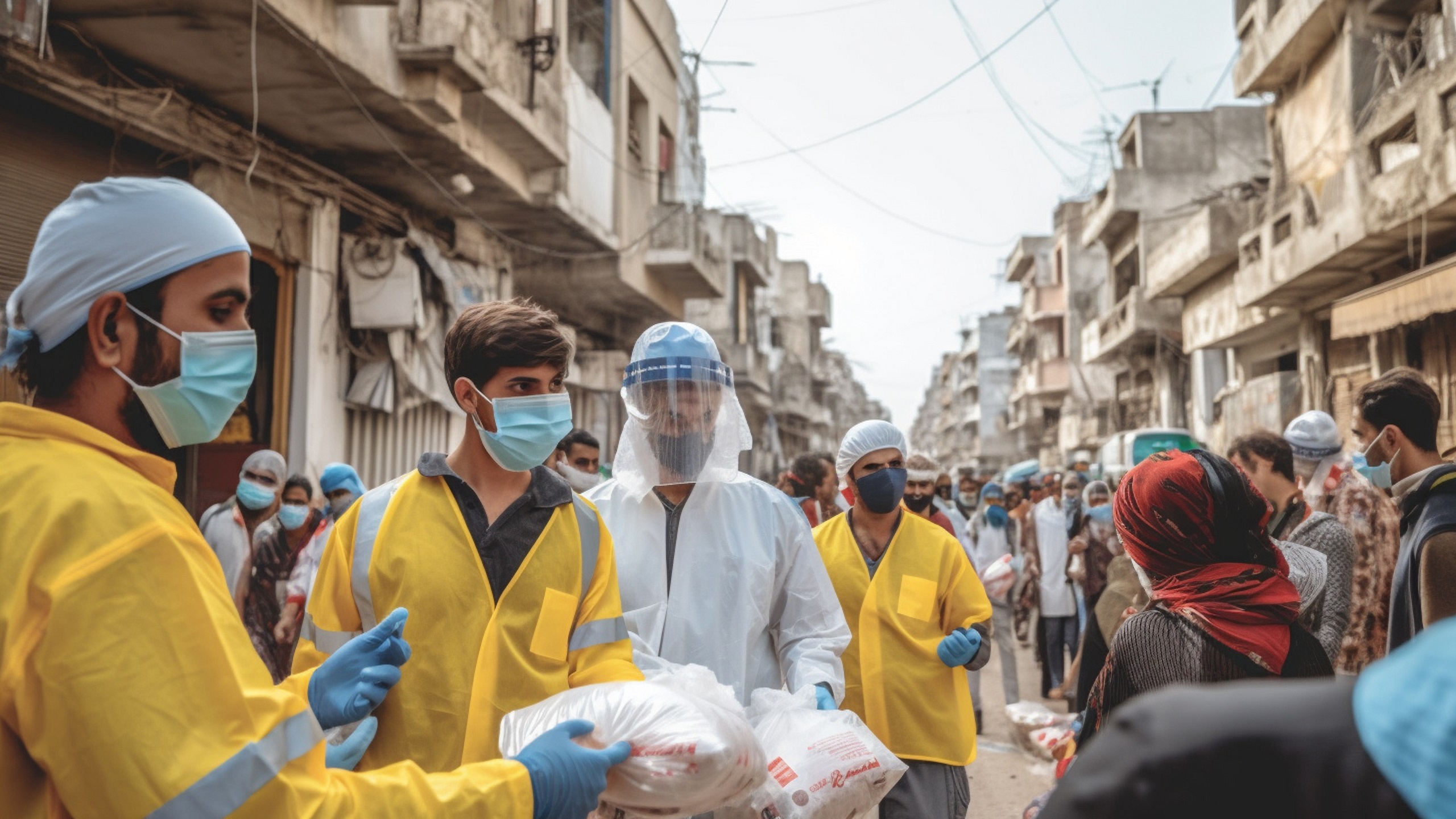UN Warns of Infectious Disease Risk Among 1.7 Million Displaced in Gaza
The UN Office for the Coordination of Humanitarian Affairs (OCHA) has issued a stark warning about the dire situation in the Gaza Strip, where approximately 1.7 million people have been displaced. This mass displacement poses a serious risk of widespread infectious diseases.
OCHA’s recent statement revealed that nearly 80% of Gaza’s population is now internally displaced, with around 896,000 people taking refuge in 99 facilities in the region’s central and southern parts. Overcrowding and deteriorating health conditions in these UN shelters have led to a notable rise in diseases like diarrhea, acute respiratory infections, skin inflammations, and hygiene-related issues such as lice infestations.
This holiday season, give to:
Truth and understanding
The Media Line's intrepid correspondents are in Israel, Gaza, Lebanon, Syria and Pakistan providing first-person reporting.
They all said they cover it.
We see it.
We report with just one agenda: the truth.


Due to the lack of adequate shelter space, many displaced men and older boys are forced to stay outdoors, in schoolyards, or on the streets. Approximately 400 Palestinians from Gaza City and its northern areas relocated to the south on Friday via a “corridor” created by the Israeli army along the main Salah al-Din Road.
The primary driver of this migration is hunger, with northern Gazans not receiving food assistance for weeks. The Gaza Municipality has urgently called on international organizations, including the UN and the Red Cross, to intervene. Local authorities emphasize the need for fuel and assistance in managing the accumulating garbage in Gaza City, warning that neglect could worsen the already critical environmental, health, and humanitarian crisis.

